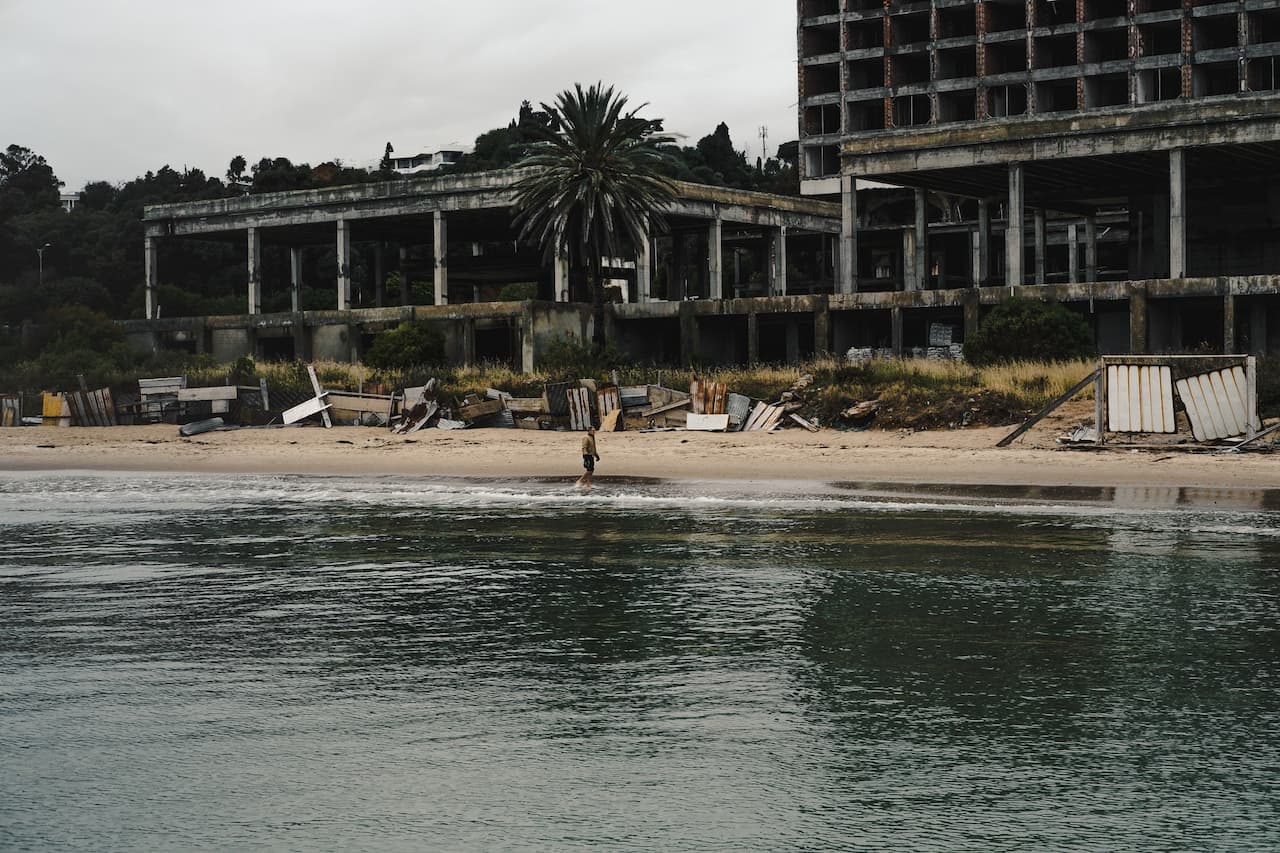Once known as a powerful trading empire, the Phoenician city of Carthage spanned the entire area of the south Mediterranean and was an ancient metropolis.
Although Carthage was destroyed centuries ago, the ruins of this once-affluent capital still stand near the waters of Tunis and make for a popular tourist attraction. Travelers from around the world come to see impressive sites like Byrsa Hill, the amphitheater, Antonin Baths, and the Water Cisterns.

A visit to Carthage is an excellent day trip from Tunis, the capital of Tunisia, as it’s only 15 kilometers away. Those who are interested in seeing Carthage will be happy to hear that it’s possible to obtain the Tunisia online visa from the comfort of home and that it only takes a few minutes to fill out and complete.
Visiting Carthage: What you need to know
Carthage is an affluent seaside suburb of Tunis and, as such, is very easy to visit.
The most convenient option is to take the TGM light rail train to one of the stations in Carthage, such as Carthage-Hannibal or Carthage-Présidence, which are the most popular ones. The ride takes about 30 minutes and has lovely views of the water along the way. Those who are traveling in larger groups can also opt for a taxi.
Once in Carthage, the best way to get around is either by walking or taking a taxi between tourist attractions. First-time visitors will be surprised at the size and distance of the city, but this is expected — after all, the ancient city of Carthage used to be home to more than half a million people.
Finally, the best time to visit Carthage is during the shoulder season, which is spring (April to May) or autumn (end of September to November). These are the months with the most pleasant temperatures and fewer crowds.
Speaking of temperatures… If you have a flexible itinerary, it’s highly recommended to visit Carthage early in the morning. This is because the weather tends to be cooler before noon, and may get too hot to walk in the open air later on in the day.
There is also the element of tourist crowds, which tend to gather at Carthage’s most popular attractions (such as the Baths of Antoninus and Byrsa Hill) as the day progresses.
What to see in Carthage
There are so many things to see and do in Carthage that it could take a day to go through the entire list.
One of the first stops on your itinerary should be the Carthage Museum, which was founded in the late 1800s and contains valuable archeological artifacts from the area. It’s the perfect way to get acquainted with the history of Carthage and see remnants of the city, such as statues, terra cotta figures, precious jewelry, household items, and much more.
From there, make your way up to Byrsa Hill, which was a strategic point for Carthage as it had a sweeping view of the coast — and still does to this day! Byrsa Hill combines an excellent view with even more ancient ruins, which really make you feel as if you’ve taken a time machine back to the city’s golden era.
After enjoying the panorama (and taking a photo or two along the way), it’s time to make your way down to the Baths of Antoninus. Built in the 2nd century, these baths have a very special title, as they’re the largest Roman baths outside of Rome.
Just like Byrsa Hill, this area is rich in ruins, including Punic houses, kilns, a chapel, and mosaics. History buffs who want to find out more information about the area will be pleased to know that there are on-site tour guides that can be hired for a fee. If you have an entire day in Carthage, this might be a worthwhile investment, as some guides may show you around the entire area.
From the baths, it’s an easy 30-minute stroll (or 5-minute drive) to Carthage Port, the next destination. The port was an extremely important resource during Carthage’s peak, as it housed a massive 200 warships and smaller merchant ships within its harbor.
Other points of interest in Carthage include the Water Cisterns, a Roman amphitheater, the Basilica of Saint Cyprien, and the Hippodrome.
Those who are lucky enough to be visiting the area in the middle of summer (July and August) are treated to the International Festival of Carthage. This annual music festival is considered to be one of the biggest in Africa and Arabia and attracts famous musicians and bands. In fact, it started all the way back in the 1960s and draws thousands of concertgoers from all around the world.
By keeping these tips in mind and following the route noted above, travelers can enjoy seeing the ruins of Carthage and learning more about the fascinating history of this once-great empire.





